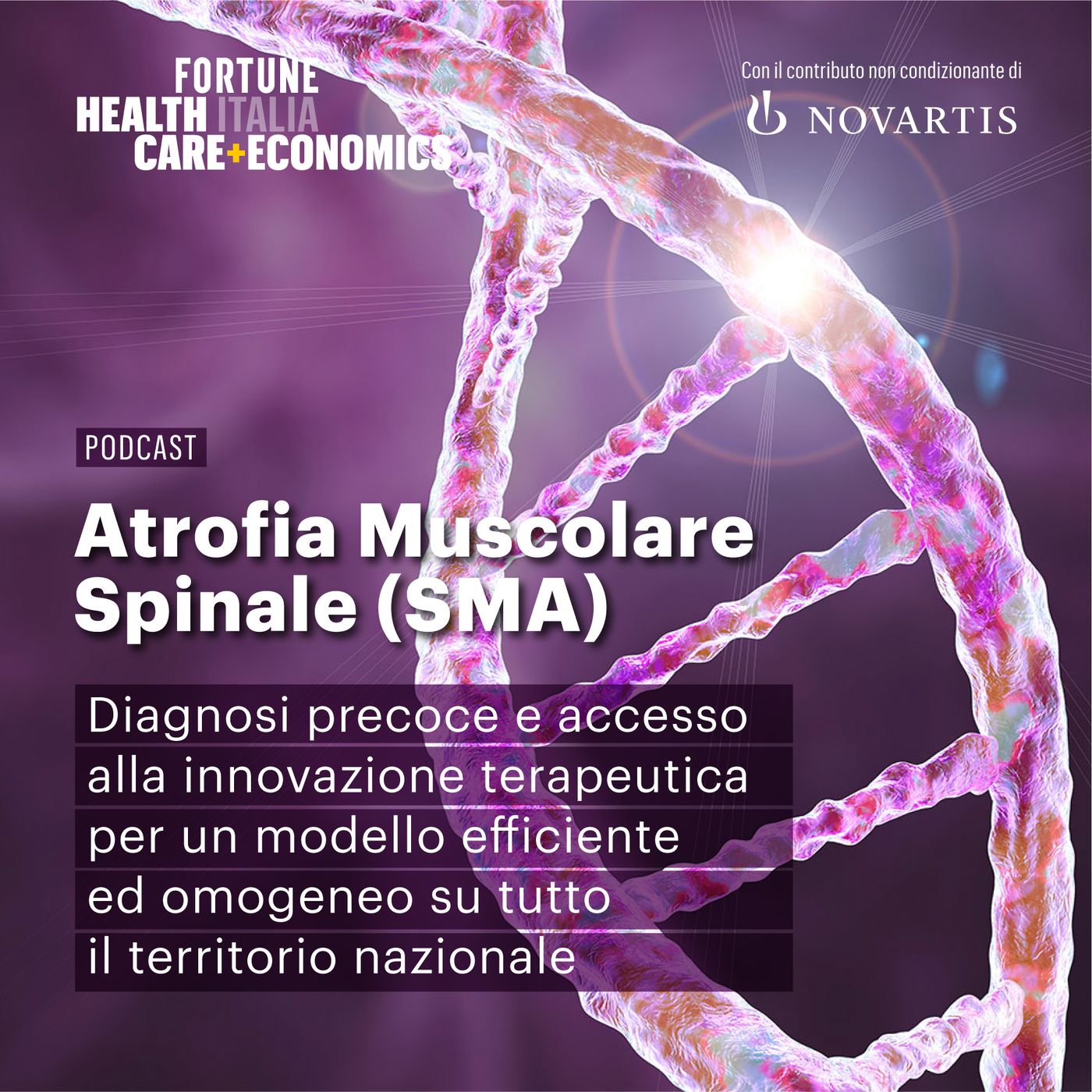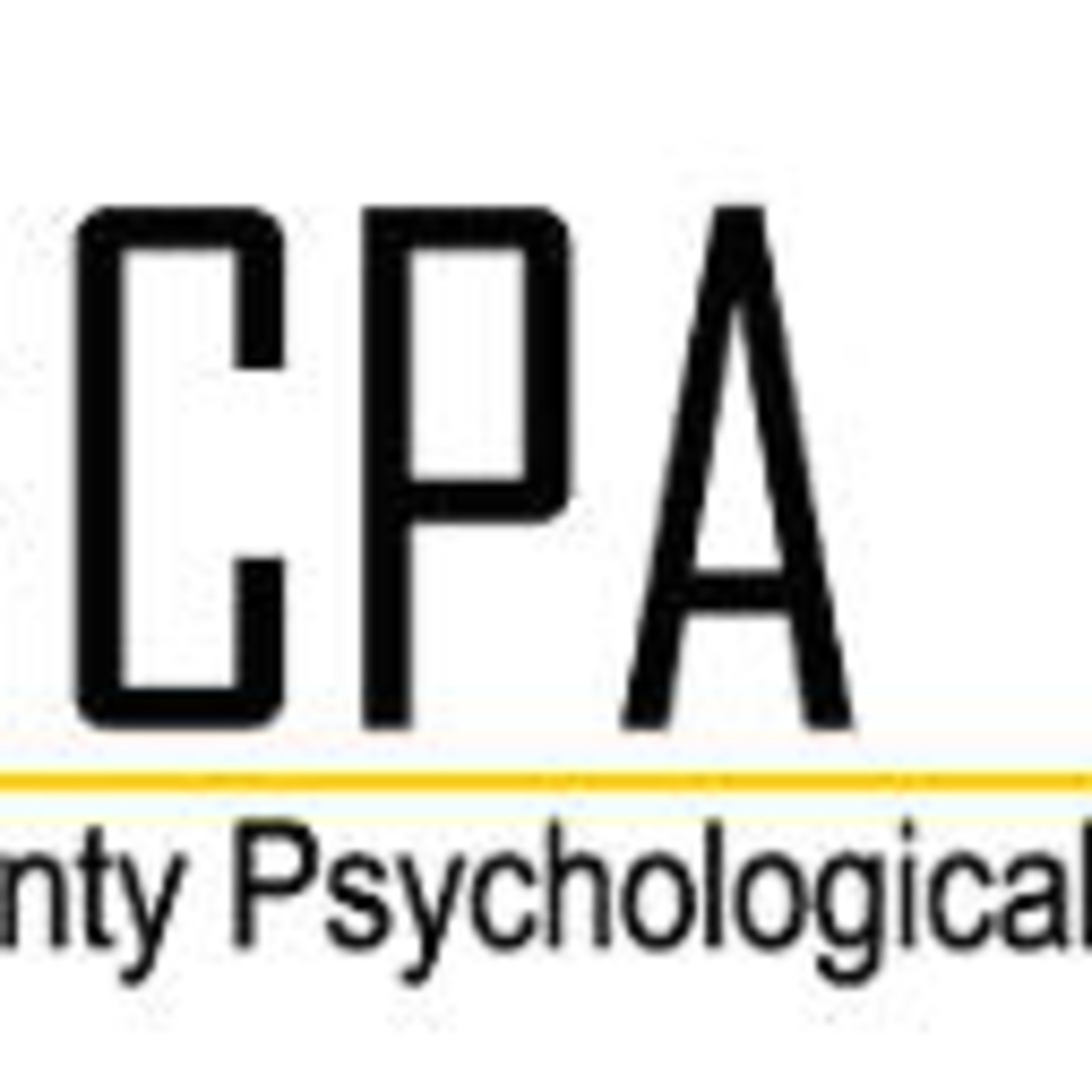 |
The ONS PodcastAuthor: Oncology Nursing Society
Where ONS Voices Talk Cancer Join oncology nurses on the Oncology Nursing Society's award-winning podcast as they sit down to discuss the topics important to nursing practice and treating patients with cancer. ISSN 2998-2308 Language: en Genres: Education, Health & Fitness, Medicine Contact email: Get it Feed URL: Get it iTunes ID: Get it |
Listen Now...
Episode 395: Pharmacology 101: Monoclonal Antibodies
Episode 395
Friday, 26 December, 2025
"They [monoclonal antibodies] are able to cause tumor cell death by binding to and blocking to necessary growth factor signaling pathways for tumor cell survival. That's going to be dependent on the target of the antibody, but I'll give an example of epidermal growth factor, or EGFR. This is overexpressed in several different kinds of cancers where activation of this growth factor increases the amount of proliferation and migration of cancer cells. So, if we bind to it and block to it, then that would help halt these pathways and stop cancer cell growth," Carissa Ganihong, PharmD, BCOP, oncology and bone marrow transplantation clinical pharmacist at Hackensack University Medical Center in New Jersey, told Jaime Weimer, MSN, RN, AGCNS-BS, AOCNS®, manager of oncology nursing practice at ONS, during a conversation about monoclonal antibodies. Music Credit: "Fireflies and Stardust" by Kevin MacLeod Licensed under Creative Commons by Attribution 3.0 Earn 0.75 contact hours of nursing continuing professional development (NCPD) (including 45 minutes of pharmacotherapeutic content) by listening to the full recording and completing an evaluation at courses.ons.org by December 26, 2026. The planners and faculty for this episode have no relevant financial relationships with ineligible companies to disclose. ONS is accredited as a provider of nursing continuing professional development by the American Nurses Credentialing Center's Commission on Accreditation. Learning outcome: Learners will report an increase in knowledge in the history of, the mechanism of action of, and the use of monoclonal antibodies in the treatment of cancer. Episode Notes Complete this evaluation for free NCPD. ONS Podcast™ episodes: Pharmacology 101 series Episode 391: Pharmacology 101: Antibody–Drug Conjugates Episode 383: Pharmacology 101: Bispecific Antibodies Episode 375: Pharmacology 101: VEGF Inhibitors Episode 338: High-Volume Subcutaneous Injections: The Oncology Nurse's Role Episode 283: Desensitization Strategies to Reintroduce Treatment After an Infusion-Related Reaction Episode 275: Bispecific Monoclonal Antibodies in Hematologic Cancers and Solid Tumors ONS Voice articles: An Oncology Nursing Overview of Biosimilars Make Subcutaneous Administration More Comfortable for Your Patients Oncology Nurses' Role in Translating Biomarker Testing Results Reduce Chair Time by as Much as 16 Minutes by Priming IVs With Drug Shorter Administration Times Still Require High-Acuity Care The Names of Targeted Therapies Give Clues to How They Work ONS Voice drug reference sheets: Datopotamab deruxtecan-dlnk Enfortumab vedotin Margetuximab-cmkb Mirvetuximab soravtansine-gynx Nivolumab and hyaluronidase-nvhy Nivolumab and relatlimab-rmbw Pembrolizumab and berahyaluronidase alfa-pmph Retifanlimab-dlwr ONS book: Chemotherapy and Immunotherapy Guidelines and Recommendations for Practice (second edition) ONS course: ONS Fundamentals of Chemotherapy and Immunotherapy Administration™ Clinical Journal of Oncology Nursing articles: Bolusing IV Administration Sets With Monoclonal Antibodies Reduces Cost and Chair Time: A Randomized Controlled Trial Management of Immunotherapy Infusion Reactions Nurse-Led Grading of Antineoplastic Infusion-Related Reactions: A Call to Action Safety and Adverse Event Management of VEGFR-TKIs in Patients With Metastatic Renal Cell Carcinoma Oncology Nursing Forum articles: Administration of Subcutaneous Monoclonal Antibodies in Patients With Cancer Depressive Symptoms and Quality of Life Associated With the Use of Monoclonal Antibodies in Breast Cancer Treatment ONS huddle cards: Bispecifics Checkpoint Inhibitors Monoclonal Antibodies Other ONS resources: Biomarker Database Bispecific Antibodies video Patient Education Sheets Antibodies article: A Comprehensive Review About the Use of Monoclonal Antibodies in Cancer Therapy Cureus article: A Comprehensive Review of Monoclonal Antibodies in Modern Medicine: Tracing the Evolution of a Revolutionary Therapeutic Approach Association of Cancer Care Centers (ACCC) homepage Cancer Immunology, Immunotherapy article: Therapeutic Antibodies in Oncology: An Immunopharmacological Overview Drugs@FDA package inserts Future Oncology article: Biosimilars: What the Oncologist Should Know Hematology/Oncology Pharmacy Association homepage National Comprehensive Cancer Network homepage Network for Collaborative Oncology Development and Advancement (NCODA) subcutaneous therapy article Oncolink: Side Effects of Immunotherapy World Health Organization: New International Nonproprietary Names (INN) Monoclonal Antibody Nomenclature Scheme To discuss the information in this episode with other oncology nurses, visit the ONS Communities. To find resources for creating an ONS Podcast club in your chapter or nursing community, visit the ONS Podcast Library. To provide feedback or otherwise reach ONS about the podcast, email pubONSVoice@ons.org. Highlights From This Episode "Prior to monoclonal antibodies, all we really had were these toxic chemotherapies or toxic radiation, so it was recognized how great it would be if we could have a treatment that was much more specific to the tumor cells and have agents that have less toxicities. These advancements in monoclonal antibody production began in the 1980s. ... Eventually, we had the first monoclonal antibody that was approved by the U.S. Food and Drug Administration (FDA) for an oncologic indication, rituximab." TS 4:14 "Nowadays, we do have treatments that are also considered tumor-agnostic. This is when a patient has a certain biomarker, then that treatment can be given and FDA approval was given, regardless what type of tumor the patient has. We typically see these kinds of tumor-agnostic therapies more so in patients who have recurrent or advanced diseases in solid tumors. One monoclonal antibody example that comes to mind is dostarlimab. That's a checkpoint inhibitor that's approved for patients who are deficient in mismatch repair mechanism." TS 23:48 "Our immune system constantly has this surveillance system and it's able to recognize foreign pathogens, abnormal cells, and even precancerous cells. And they're able to eliminate them before they become cancerous. But on the flip side, one of the regulatory mechanisms that we have so our immune system doesn't attack itself is the presence of checkpoints. When these checkpoints bind to their ligands, this can then act as an off switch so that, again, our immune system is not going to attack itself. But then the tumor cells can take advantage of this and actually use this mechanism to evade the immune system. So, when we're giving a checkpoint inhibitor, now we're removing that off switch. As a consequence, common adverse effects can include things like immune mediated adverse events. These most commonly affect the skin, gastrointestinal tract, and liver. Essentially, this can cause any '-itis' you can think of." TS 26:36 "Looking at strategies to prevent infusion reactions, one example is the use of premedication. If premedication is recommended, this typically includes any combination of antipyretics, which is typically acetaminophen. Antihistamine, which is typically an H1 antagonist like diphenhydramine. Although, there could be cases where we want to substitute this agent because maybe the patient has been tolerating therapy okay, and they're having a lot of side effects. So, we might use a second-generation antihistamine in some cases. The premedication may be given with or without some kind of steroid, whether that's methylprednisolone, hydrocortisone, or dexamethasone." TS 29:53 "We tend to think of monoclonal antibody usage to be primary oncology, but that's not really the case. The first monoclonal antibodies that were developed were not for oncologic indications, they were for transplant indication for cardiac indication. So, they're really diversely utilized across all specialties and medicines. We have monoclonal antibodies for hyperlipidemia, for neurology, for rheumatology, so the uses are so very expansive across all specialties." TS 41:01











